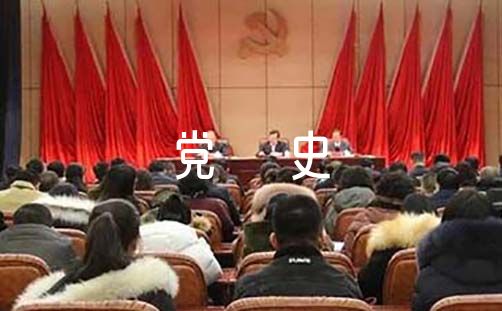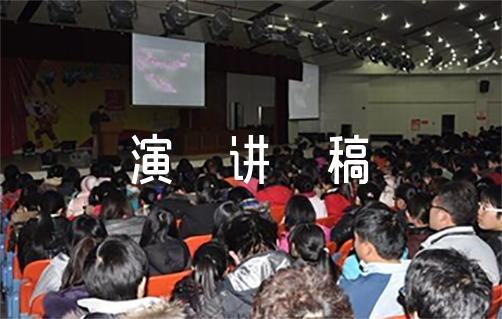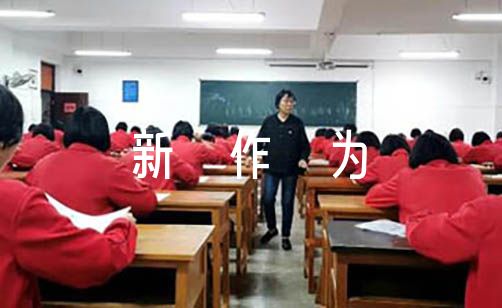【www.gpsvo.com--演讲】
在英语学习的过程,想要提高英语水平的话,进行一场简单的英语演讲不失为一个好方法,所以今天小编给大家带来五篇名人英语演讲稿范文,请大家欣赏!
英语演讲稿1
Ivanka Trump Delivers Speech at Japan's World Assembly for Women
Thank you very much Prime Minister Abe, for that kind introduction. And thank you for your gracious hospitality to my family.
This is my first visit to Japan, and the warmth you have shown us, the beauty of your landscape, and the vibrancy of your culture are truly incredible gifts to all who come to this country. Yesterday evening, as I arrived in Tokyo, I was struck by the magnificence of the skyline – and this morning I was awed by the ancient beauty of the Imperial Palace. The wonders of this land are a testament to the creativity and resilience of the Japanese people.
It is an honor to join you today at the World Assembly for Women. I am grateful to be with this exceptional and passionate group of leaders to discuss the economic empowerment of women, to celebrate the progress our societies have made, and to chart a bold course for the future.
The economic empowerment of women has been a focus of mine for many years – ensuring that 50% of our population can fully participate in the workforce is critical to strengthening our communities and growing our prosperity.
That is why after my father’s election, I decided to leave my businesses and work in government to advance policies and initiatives that empower women to fully participate in the economy, if they so choose. Policies that enable women to pursue their careers and care for their families, policies that focus on workforce development and skills training, and policies that fuel entrepreneurship so that Americans can turn their aspirations into their incredible legacy.
英语演讲稿2
Our societies are at a critical juncture – a moment of both great challenge and opportunity.
Over the last half century, women have entered every imaginable field, reached the highest levels of management, and now are leading some of the largest companies in the world.
We have discovered life-saving medical cures, traveled to space, and created transformative technologies. The women here today represent this historic achievement – and shine the light towards an even brighter future.
Here in Japan, 4 decades ago, 45 percent of women worked outside the home. Today, 66 percent of working-age women are in the workforce – a significant improvement, and one I know will only continue to grow in great measure due to Prime Minister Abe’s vision for Japan.
At the very heart of this vision is womenomics.
Womenomics recognizes the centrality of women, who represent roughly half of our global population, in achieving true economic growth. Women who are empowered to work, to thrive, and to lead bring immense creativity, fresh perspective, and success to our economy – and to the world.
When women work, it creates a unique multiplier effect. Women are more likely than men to hire other women, to give them access to capital, mentorship and networks. Women have been shown to reinvest 90 percent of their income in their homes and communities, and tend to allocate more of their funds to food, healthcare and education-resources that benefit children and improve our societies for generations. When women work, they not only support themselves, but they create a better future for their families and their communities.
Currently, an estimated 49 percent of women across the world participate in the global workforce. If women close the gap with men in all aspects of work and society, it could add trillions of dollars to our annual global GDP over the next decade.
英语演讲稿3
I deeply respect and honor women who choose to work inside the home full-time to care for their families. We never want to discourage that incredible calling, but we must also ensure that every woman has the freedom to work outside of the home – if they so choose.
Therefore, in order to empower women to reach our full economic potential, we must embrace four fundamental changes that will propel us into the future.
First, as leaders in both business and government, we must pave the way in modernizing the workplace.
While the percentage of working women has dramatically increased, corporate expectations have remained all-too stagnant.
Today, in the United States, women now comprise 47 percent of the workforce.
In the vast majority of American homes with children, all parents work – and in 40 percent of households, women are the primary breadwinners.
Yet, work environments and social institutions still largely operate on a single-earner mindset, in which one parent – traditionally the mother – stays at home to provide full time care.
All too often, our workplace culture has failed to treat women with appropriate respect. This takes many forms, including harassment, which can never be tolerated.
Traditional and rigid corporate culture also fails working mothers – and fathers – who work long and often wildly unpredictable hours and get little time off.
Too many mothers dread telling their boss they must stay home to take care of a sick child – and many must go back to work just weeks after having a new baby – because they can’t afford not to.
Every day, working parents are forced to make hard but unavoidable choices.
英语演讲稿4
I joined the government informed by my experiences in the private sector, having been both an executive leading an international real estate business and an entrepreneur who built a successful brand in an entirely different industry.
As a professional with three young children, despite the help I am able to have at home, I too experience the struggles of balancing the competing demands of work and family.
I, however, am far more fortunate than most.
Because of the opportunities I’ve been afforded my whole life, I felt an obligation to seize this moment and join the Administration.
I saw a chance to fuel the number of women owned businesses and grow our economy.
I saw a chance to work on behalf of girls in rural communities and inner cities who by learning to code or studying robotics could secure good-paying jobs in our modern economy.
英语演讲稿5
I saw a chance to go to bat for the women who face the choice of staying home with a sick child or reporting to work at a job that might otherwise fire her.
Our workplaces and our public policies must mirror our values: work and family.
It is time for our societies to find new and innovative ways to make it easier for women to experience the joy of motherhood, without facing career setbacks. This isn’t a women’s issue – it’s a family issue. Yet it disproportionately impacts women who are most likely to leave the workforce or curtail our ambitions because we have no access to affordable care for our children and adult dependents.
Still, in the developed world, we are slowly seeing a movement toward a more equal distribution of responsibilities in our homes.Young fathers [ ]are increasingly contributing to housework and helping raise their children.
We have an incredible opportunity to adapt our workplaces to this modern reality.
Today, we can answer an email in the palm of our hand, take a call almost anywhere around the globe, work flexible hours in the gig economy and finish our work at home once we put our kids to bed.
The last decade has revolutionized the way we work – and now has the potential to deliver more flexibility to working women.
Already we are seeing increasing numbers of women leaving behind outdated work environments to start their own businesses from their kitchen tables. Today, women entrepreneurs are flourishing.
Fortunately, the private sector is recognizing the importance of modernizing the workplace. Businesses are instituting policies such as flex-time and paid leave, in part to attract and retain female talent.
Companies that have women on their boards generate a higher return on equity than those that do not, and outperform in times of crisis or volatility.

















